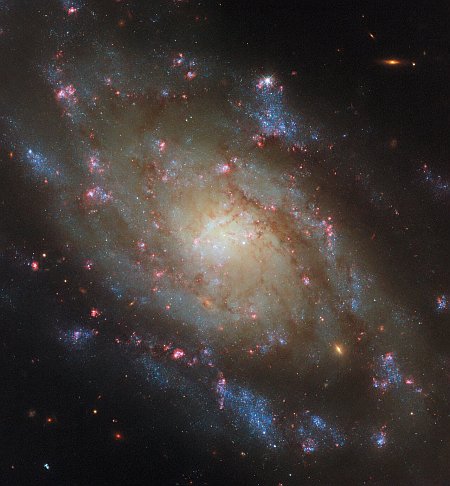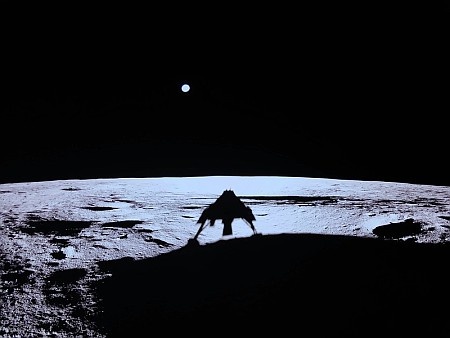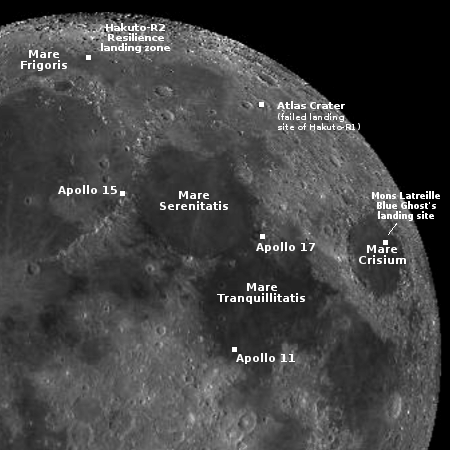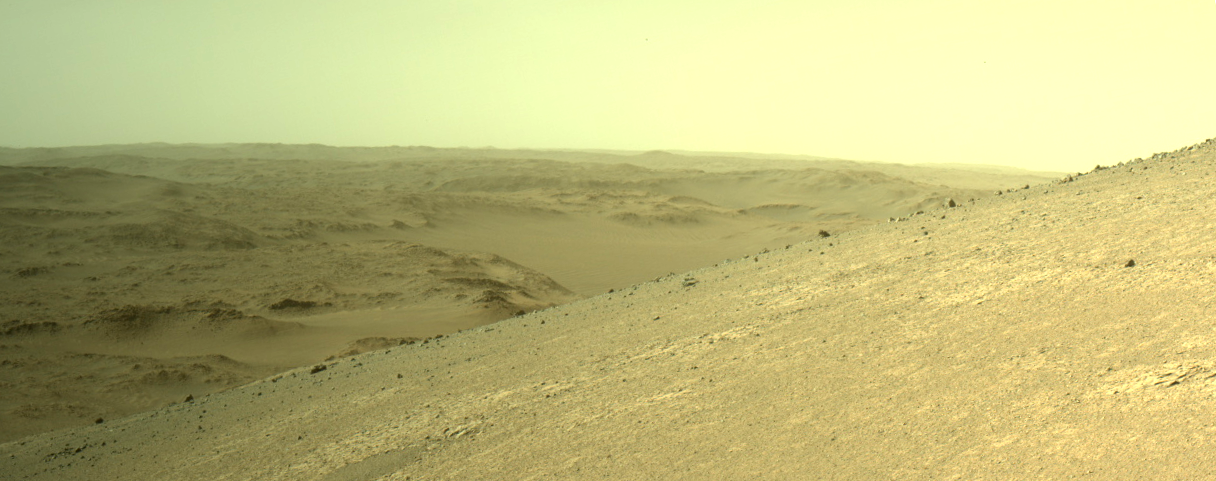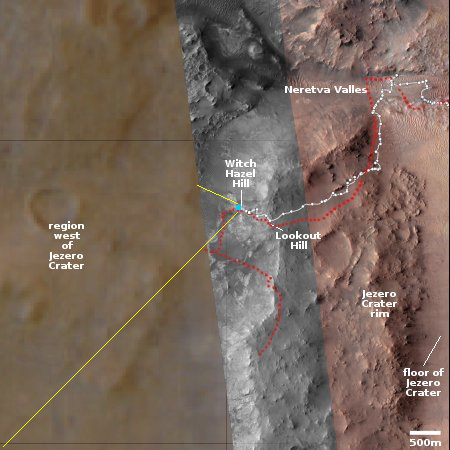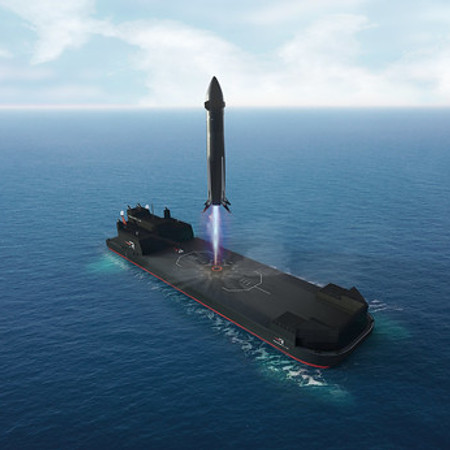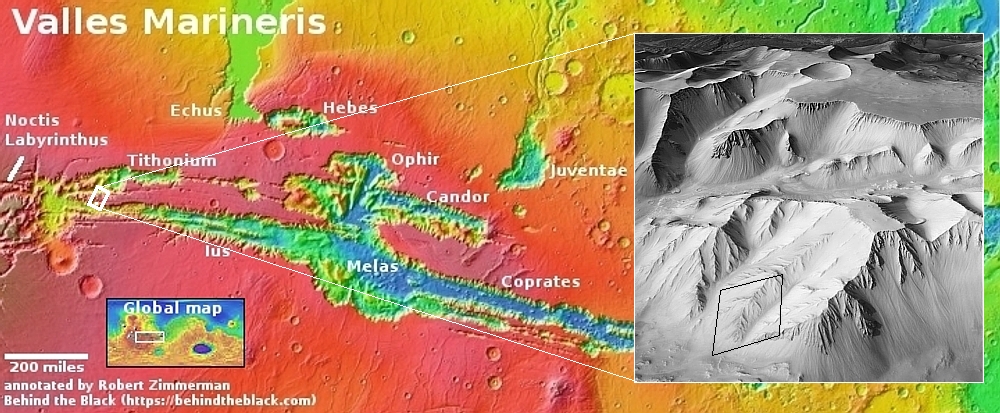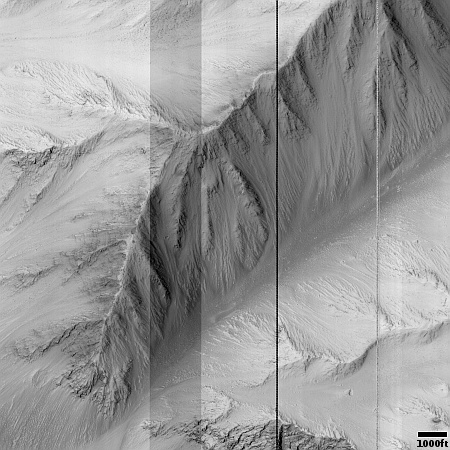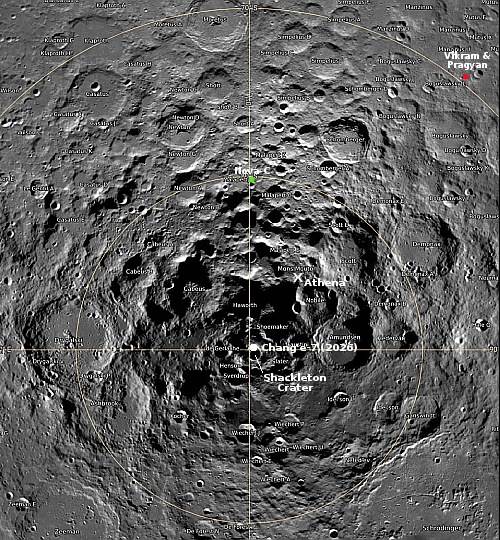March 3, 2025 Quick space links
Courtesy of BtB’s stringer Jay. This post is also an open thread. I welcome my readers to post any comments or additional links relating to any space issues, even if unrelated to the links below.
- Ispace’s Resilience lunar lander has successfully completed a deep space engine burn as it works its way for a May landing
As the company notes, it “is now on a path towards the boundaries of the Earth gravitational influence, a region so far from Earth that the gravity of the Sun starts to be relevant.”
- Arianespace scrubbed its second Ariane-6 launch today, providing no explanation so far as to why
The launch itself was delayed six months because of issues with the engine on the upper stage during the first launch.
- Earlier this week protesters blocked the entrance to one of the space facilities of India’s space agency ISRO
They also tried to deface “the hindi text” on some signs. No word on what they were protesting.
- On this day in 1972 Pioneer 10 was launched, the first American mission to the outer planets
It flew past Jupiter in December 1973, surviving both its journey through the asteroid belt to get there as well the harsh environment around Jupiter. Its flight also proved that Jupiter’s gravity could be used successfully to slingshot missions to other locations, a technique that is now standard on almost all interplanetary missions.
Courtesy of BtB’s stringer Jay. This post is also an open thread. I welcome my readers to post any comments or additional links relating to any space issues, even if unrelated to the links below.
- Ispace’s Resilience lunar lander has successfully completed a deep space engine burn as it works its way for a May landing
As the company notes, it “is now on a path towards the boundaries of the Earth gravitational influence, a region so far from Earth that the gravity of the Sun starts to be relevant.”
- Arianespace scrubbed its second Ariane-6 launch today, providing no explanation so far as to why
The launch itself was delayed six months because of issues with the engine on the upper stage during the first launch.
- Earlier this week protesters blocked the entrance to one of the space facilities of India’s space agency ISRO
They also tried to deface “the hindi text” on some signs. No word on what they were protesting.
- On this day in 1972 Pioneer 10 was launched, the first American mission to the outer planets
It flew past Jupiter in December 1973, surviving both its journey through the asteroid belt to get there as well the harsh environment around Jupiter. Its flight also proved that Jupiter’s gravity could be used successfully to slingshot missions to other locations, a technique that is now standard on almost all interplanetary missions.


